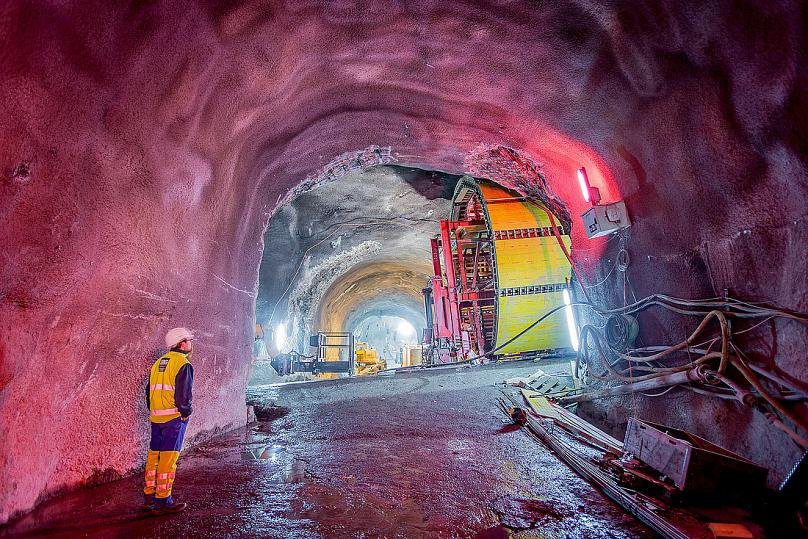This week, a water battery went into operation in Switzerland that provides the energy equivalent of 400.000 electric car batteries. The pumping plant was built in an underground cave in the canton of Valais.
The “water” battery will play an important role in maintaining energy supplies in Switzerland and Europe, as it can store and generate enormous quantities of hydroelectric energy.

What is a water battery?
A water battery (also called a “pumped storage power plant”) is a type of hydroelectric energy storage. The battery is made up of two large pools of water placed at different heights: it can store excess electricity by pumping water from the lower pool to the upper one, effectively “charging” the battery.
When electricity is needed, the direction of the water is reversed. The flow of water rotates a turbine that generates hydroelectric energy.
Hydroelectric batteries are a form of energy storage that can be used to store energy produced by intermittent sources such as wind, solar and nuclear power. They can help reduce or eliminate the instability of this type of energy.
Why did Switzerland build one?
The Swiss power plant, designed by Nant de Drance Power, went into operation on July 1st. The system, I read from the source of this post (Euronews) has six pump turbines and a total capacity of 900 megawatts, enough to power up to 900.000 homes. It is hoped that the water battery will play an important role in supporting Europe's electricity grids. During times of high demand, such as during waves of heat , the battery can reduce the likelihood of network overload.
It goes without saying that this battery encountered several engineering challenges, which took the full 14 years to build. 600 meters underground, 18 kilometers of tunnels between the Emosson and Vieux reservoirs, across the Alps.
A mastodon who has just started doing his job.


